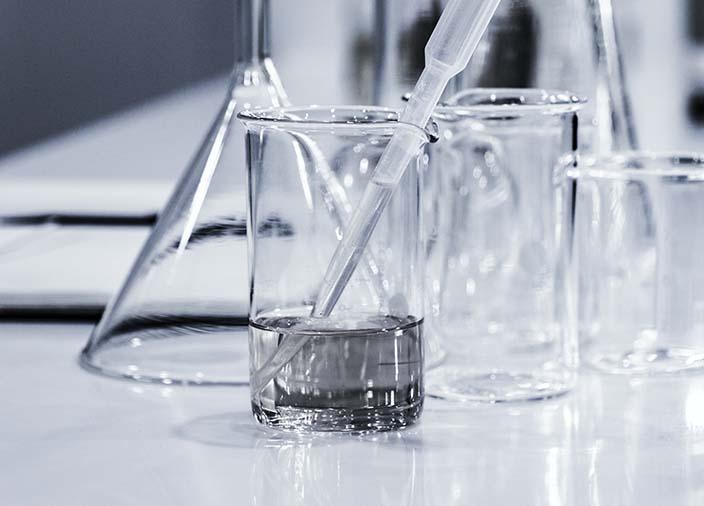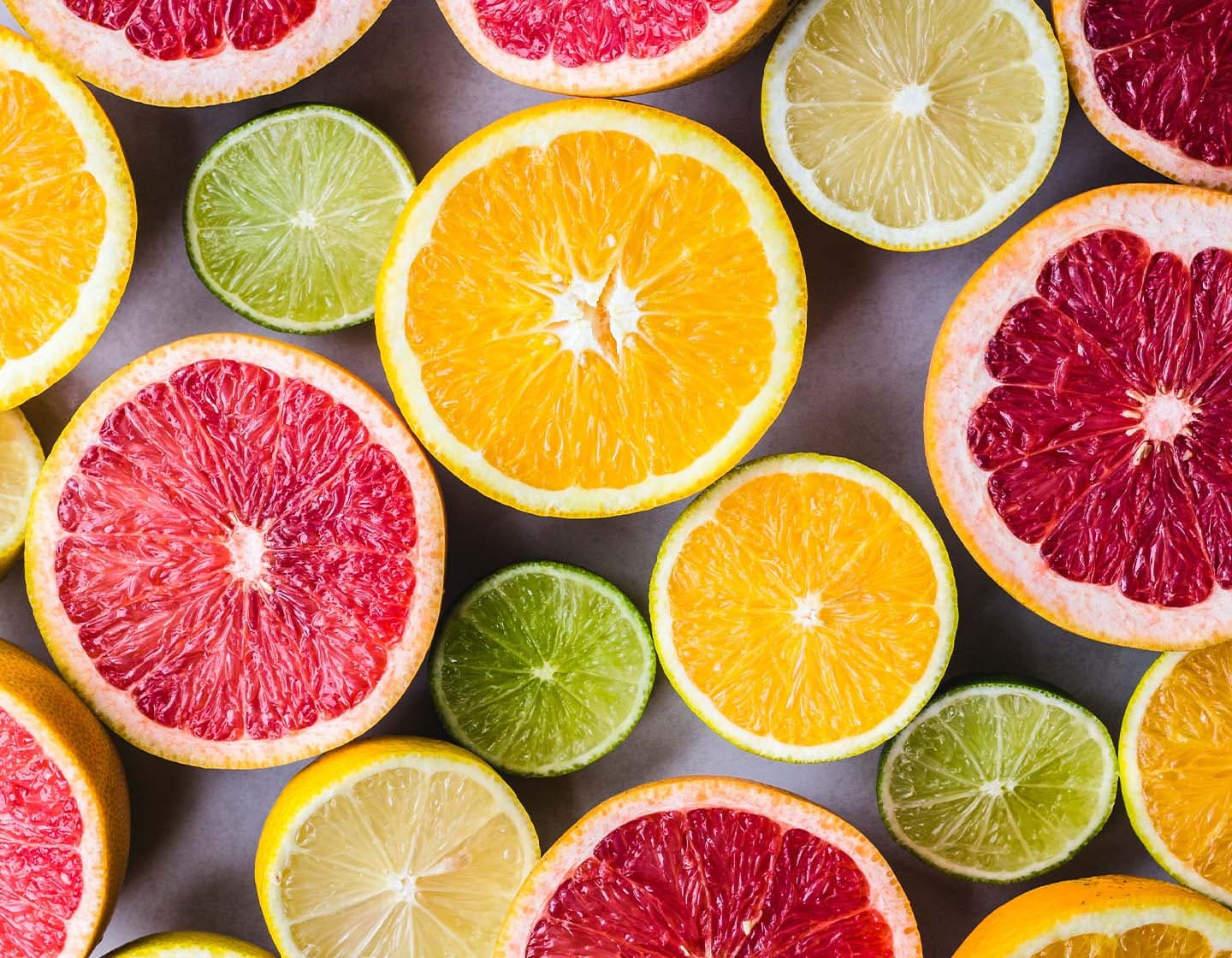Using Acids in Cocktails
Learn how acids can help you craft delicious cocktails and some of the best methods to use them in your own serves.
Estimated Reading Time: 8 Minutes
Exploring Acids
While citrus juices have been a common cocktail ingredient since the earliest days of mixed drinks, their role as an acid and the possibilities of using other forms of acid have often been underappreciated.
Acids play a crucial but little understood role in mixology, offering a sharp, tangy touch that balances the other flavors in a cocktail and provides structure, depth and refreshment.
Using acid in cocktails sits at the point where science meets art. Explore the importance of acids in cocktails and learn about some common acids used in the world of cocktail
The Role of Acids in Cocktails
At its core, a cocktail is a balancing act of flavors. Acids introduce a fresh, zesty dimension, often lifting and highlighting other ingredients.
They counteract the sweetness, enhance aromatic compounds, and even influence the mouthfeel of the drink. When wielded correctly, acids ensure that a cocktail is more than just a sum of its part – creating a vibrant and enjoyable drinking experience.
Essential Acids in Mixology
- Citric Acid: Found naturally in citrus fruits like lemons, limes, and oranges, citric acid offers a sharp, clean tartness, making it a staple in countless classic cocktails.
- Malic Acid: Derived from apples and certain grapes, malic acid imparts a softer, smoother sourness compared to its citric counterpart.
- Tartaric Acid: Predominantly found in grapes, it offers a unique tang, and is often used in wine-centric cocktails.
- Phosphoric Acid: Though less common, this acid is found in certain sodas and offers a strong, dry acidity.
- Ascorbic Acid: Also known as Vitamin C, ascorbic acid does not have much flavor or obvious acidity. It is commonly used as an antioxidant to stop juices and fruit from turning brown.
- Lactic Acid: A by-product of fermentation, it adds a savory flavor, reminiscent of pickles, cheese and fermented vegetables like sauerkraut.
- Acetic Acid: Acetic acid is vinegar – most commonly used in shrubs but also sometimes added as an alternative souring agent.
- Acid Solutions: Some bartenders use a blend of water and acid powders (like citric or malic) to achieve precise sourness without adding additional flavors.
How to Create and Use Acid in Cocktails
Using acid properly in your cocktails is a somewhat scientific process. To create the best acids that enhance your drinks, follow these techniques and best practices:
- Understanding the pH Scale: Acidity is measured using the pH scale. Cocktails generally sit in the slightly acidic range, ensuring a pleasant taste and mouthfeel. Many spirits, especially those with wine bases such as vermouth and spirits that have been aged in wood will also have lower pH values. (Martin, 2021)
- Balancing Act: Acids need to be balanced with sweeteners, spirits, and other components. It's a delicate dance of ratios, often guided by taste.
- Experimentation: With the availability of acid powders, bartenders can now create customized acid solutions, allowing for innovative sour profiles beyond traditional citrus. Always ensure you are using food grade acids from reputable suppliers and the doses you are using are safe.
- Consistency: Especially in high-volume establishments, using consistent acid solutions ensures uniformity across cocktails, irrespective of the natural variability in fruits.

Manipulate the Acidity
As a bartender, you have the power to manipulate the acidity of your cocktails, allowing you to craft flavor profiles that suit your unique vision.
A simple starting point is a 10% solution. This works well for the powdered organic acids you can buy – citric, malic and tartaric are all good building blocks.
- Simply cold whisk 10g powdered food grade acid into 100g water.
- Keep refrigerated and start to see how they can add brightness to your drinks.
This concentration will allow for a pretty close substitution for fresh citrus (albeit without the other components citrus juice will add), but what is more interesting is when you start to combine these acids.
Most fruits will have a complex blend, and manipulating these will allow you to layer in brightness (acidity) as well as texture and a different presentation and hierarchy of your other flavors.
Acids in Contemporary Mixology
Modern bartending has seen alternative acids take a more prominent role in various ways. These alternative acids aren’t just unique, but also introduce different characteristics that guests may prefer.
- Acid-Adjusted Juices: By manipulating the pH of fruit juices, bartenders can recreate the flavor profile of other fruits. For instance, adjusting grapefruit juice to mimic the tartness of lime.
- Clarified Citrus: Using techniques like centrifugation, bartenders extract clear citrus juice, offering the acidity of the fruit without its cloudiness or color.
- Sour Alternatives: For those seeking alternative souring agents, acid solutions provide the tang without resorting to citrus juices.
- Signature Acid Solutions: Craft bars often have in-house acid blends, tailored to complement their unique cocktail menus.
Key Takeaways
- Acids not only create balance in drinks, but they can also create different textures depending on the type of acid.
- Citrus acid is the most common, but try experimenting with malic, tartaric, or even phosphorus or lactic.
- Acids can also be used in combination, producing a wider variety of textures and flavors.
- Think not only about the acid itself, but how it can change the profile of flavors and textures around it.
- Do your research and ensure that the acids are food-grade and doses are safe.
